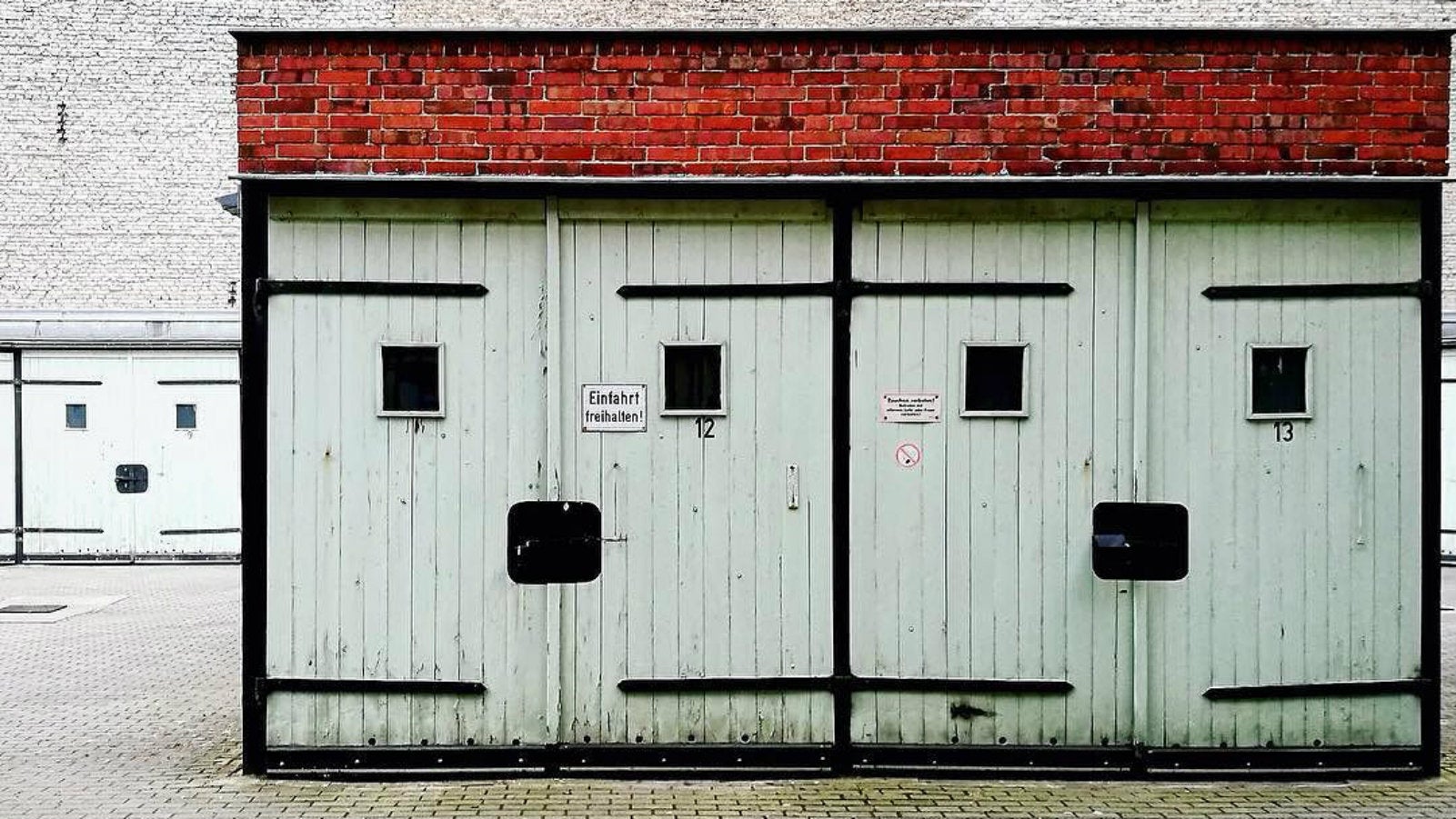Seeing faces in things is an evolutionary hack that helps us make sense of the world
Once you see the chicken in the church, you can’t unsee it. Same with the laughing desk chairs, or the puppy in the door, or the boat howling in terror.


Once you see the chicken in the church, you can’t unsee it. Same with the laughing desk chairs, or the puppy in the door, or the boat howling in terror.
The Twitter account Faces in Things is exactly what it sounds like: photos of inanimate objects—trousers, light switches, urinals—that look like faces. On a platform that can feel like one long howl of rage and despair, finding a Face in a Thing amid the partisan rancor is a strangely calming and satisfying experience. We as a society may not be able to agree on anything, except the fact that this dentist’s lamp totally looks like a water buffalo.
The account has amassed more than 576,000 followers since its first tweet in November 2013. Posts are by Taylor Nikolai, a 29-year-old, Los Angeles-based social media consultant. Nikolai had preferred to remain anonymous since launching the account, but a book deal is in the works, and he’s ready to step forward.
As origin stories go, Faces in Things is less the Beatles than the Monkees: Nikolai was looking for a commercial hit. He was a recent graduate of University of St. Thomas in Minnesota, unemployed and desperate, when he started exploring the commercial possibilities of Twitter. In 2013 the platform had 232 million active users. Nikolai reasoned—as did others at the time—that there had to be an opportunity in there somewhere.
“I spent countless hours studying every detail about how people were using the platform, and developed tactics to grow accounts,” Nikolai told Quartz. “I figured out very quickly that if I could found something interesting to share, not only would I grow a following, but also make people smile.”
He found a photo of the Church by the Sea, a lovely nondenominational Christian church in St. Petersburg, Florida, whose steeple happens to look exactly like a chicken. Inspiration struck. The chicken church became his avatar. He searched the Internet for other things with faces. The first post was a scowling onion. Then a leering pair of khakis. A cheerful oil drum. An angry backpack. Other Twitter users sent him photos of face-like things, more than he could ever post. Katy Perry followed him. So did Seth MacFarlane. An Internet darling was born.
“This has been a whirlwind of a ride for me,” said Nikolai, who also started the popular Snapchat account WTFfacts and now runs his own social media consultancy. “Who thought this all would have started with a chicken-church?”
Nikolai tapped into something much deeper than the Internet’s craving for LOLs. There’s a scientific term for seeing faces in things: pareidolia, the visual perception of a pattern or meaning where none exists.
It’s a universal human impulse with deep evolutionary roots. From birth, we’re drawn to faces. Faces are the first things newborns recognize in the blurry world around them. “Those infants who a million years ago were unable to recognize a face smiled back less, were less likely to win the hearts of their parents and less likely to prosper,” astronomer Carl Sagan wrote.
From birth onward, being able to pull meaning from the onslaught of sensory information around us has survival advantages. Distinguishing the footsteps of an approaching predator from the susurrus of forest noise, for example, is a valuable skill. But the tendency persists in situations far less relevant to survival, like seeing the Virgin Mary in a grilled cheese sandwich, or Adolf Hitler in a tea kettle, or a face staring out of the rocks on Mars.
Visually, at least, our brains perceive very little difference between a face and a thing that looks like a face. Neuroscientist Doris Tsao scanned study subjects’ brains to see if people visually process faces differently (paywall) than other objects. She found that the same specific groups of cells lit up both when subjects were shown photos of faces and photos of inanimate objects that only slightly resembled faces—but not when they were shown other, non-face objects.
We see these faces because brain wants to make sense out of the mess of visual stimuli that surrounds us. In a delightfully entitled paper (“The Potato Chip Really Does Look Like Elvis!”), Northwestern University neuroscientist Joel Voss showed subjects a series of meaningless squiggles. Once the subjects saw a recognizable shape or figure amid the squiggles—and about half the time, they did—they recognized the shape whenever the squiggles were shown to them. They couldn’t unsee the familiar thing, in the same way you can’t unsee the face in this cake. Recognition occurs when the brain matches the patterns we see to templates already archived in our brains. Pareidolia is a short of neurological shortcut, a way to help us make sense of the world, quickly.
Maybe that’s why cultures around the world see some kind of figure in the moon, though the image varies based on the custom and the side of the moon visible in that part of the world. And maybe that’s why Faces in Things has resonated so deeply at this particular moment. Amid the overwhelming flood of information and stimuli on Twitter, at a time when it feels hard to make sense of the noise around us, each smiling latte or hugging building feels gratifyingly familiar.
Image by Gregor Klar on Flickr, licensed under CC-BY-2.0. It has been cropped.